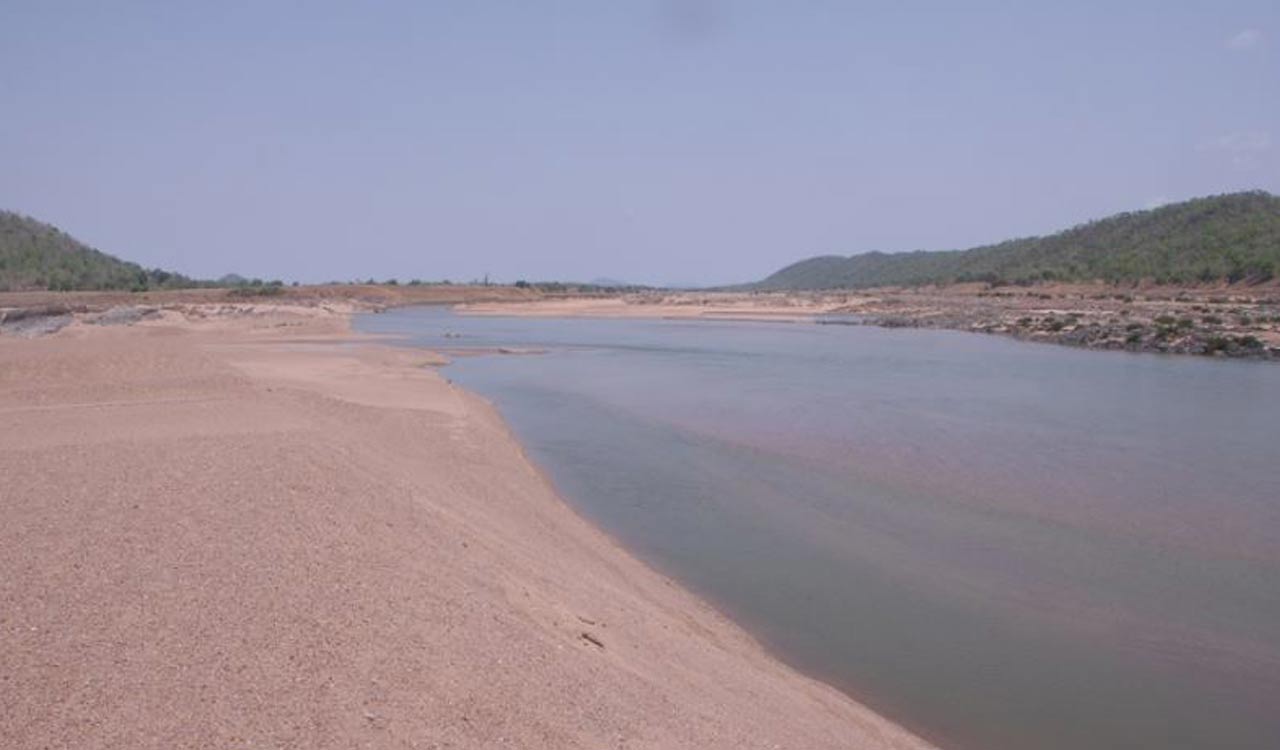Due importance to the concept of river basin in adjudication is vital for deciding equitable apportionment of water resources
Published Date – 17 January 2024, 11:59 PM

By Salla Vijaya Kumar
Sharing of international or inter-State river waters has always been one of the most contentious issues. Further, whenever a new country or a State is formed, one of the most sensitive issues is the division of water resources. There is every possibility that vested political interests deteriorate the inter-State water division issues for their selfish agenda. Hence, a rational and reliable basis is vital for deciding equitable apportionment of water resources. The river basin concept provides such a base.
Indus Water Treaty
The efficacy of the application of the river basin concept in the inter-national/inter-State river water disputes is remarkably visible in the successful finalisation and implementation of the Indus Water Treaty (1960) between India and Pakistan. The draft plan proposed by the Indian side which was founded on the concept of a river basin became the basis of the treaty whereas the draft plan proposed by Pakistan was based on myopic political agenda which was discarded.
Eminent engineer ND Gulhati, who was the key person from the Indian side, observed that the Indus Water Treaty was the first-ever attempt at basin-wide planning and it ignored the new political boundaries between India and Pakistan. Because of its engineering base, the treaty has been a success story for over 60 years and survived even wars and tense relations between the two countries.
Adjudication in India
In India, jurisdiction over the inter-State river water disputes lies exclusively with the tribunals which are constituted by the union government based on the complaints of the river basin States as per the Inter-State River Water Disputes Act, 1956. These tribunals are entrusted with specialised tasks of adjudicating water resources between the party States and are assisted by expert engineers and hydrologists.
Besides, party States also hire experts as witnesses and as standing technical personnel to guide and facilitate their advocates in explaining and presenting their cases before the Tribunals. The newly proposed amendment to the Act comprised one technical member in the Tribunal. Hence, the process of adjudication of water resources is broadly a techno-legal process.
National Water Policy
The Krishna Water Disputes Tribunal observed that there is no mechanical formula of equitable apportionment applicable to all rivers. Each river system has its peculiarities and the river basin reflects them. The concept of ‘drainage basin’ or ‘river basin’, well-known by the 1930s and crystallised only in 1966 by Helsinki Rules, became widely influential in India by the 1950s itself.
National water policies have stressed the importance of the river basin. The NWP, 2014, stated “All the elements of the water cycle, …are interdependent and the basic hydrological unit is the river basin, which should be considered as the basic hydrological unit for planning.” ND Gulhati explained, “The water resources of a river basin are directly related to the area within the watershed. The volume of surface flow into the river is a direct result of the rainfall within the limits of the watershed… In case of scarcity of water in relation to requirements, the watershed boundary provides a definite area within which to ration the waters; otherwise, there would be no end to the claims that may be made on the scarce resource.” He cautioned: “Any irrigation use outside the basin, ignoring the claims of the basin itself, must sooner or later lead to undesirable complications. The farther the waters of a river are taken away from it, the greater will be the difficulties that will have to be encountered.”
The Krishna Water Disputes Tribunal-I (1969-76) protected the prescriptive rights of existing uses of the party States up to September 1960. But, while adjudicating their future projects, it has considered the allocation of water only to the uses within the river basin.
Basin Areas, States
As per the ISRWD Act, the riparian States (ie, basin States) are the parties before the water disputes tribunals. In Latin, ‘ripa’ means a river ‘bank’. A State is designated as riparian if the riparian area of the river lies in that State irrespective of the extent of the riparian area. If a riparian State diverts water from riparian areas (basin areas) to non-riparian areas while riparian areas are deprived of their genuine water requirements, it would lead to serious social, political and economic consequences.
The Andhra State formation in 1953 and the Telangana State formation in 2014 resulted mainly from such neglect of the riparian areas of Krishna River by the then governments of the riparian States namely, erstwhile Madras and erstwhile Andhra Pradesh.
Krishna is an inter-State river and its drainage basin is a deficit basin, ie, the available water is not enough to meet the demands of the riparian States. However, if the realistic requirements of riparian areas are only considered, there will not be such an acute deficit situation in the basin. It means diversion to outside the riparian areas by the riparian States is the main reason for Krishna becoming a deficit basin.
Terms of Reference
Recently, based on the complaint of the Telangana government in 2014 under Section-3 of the ISRWD Act, 1956, the union government referred further terms of reference to the Krishna River Water Disputes Tribunal-II to give necessary scope for adjudicating the issues holistically.
The tribunal should give due importance to the river basin concept in their adjudication, to provide an engineering and pragmatic basis which would upkeep the federal spirit of the nation. (Views are personal)





